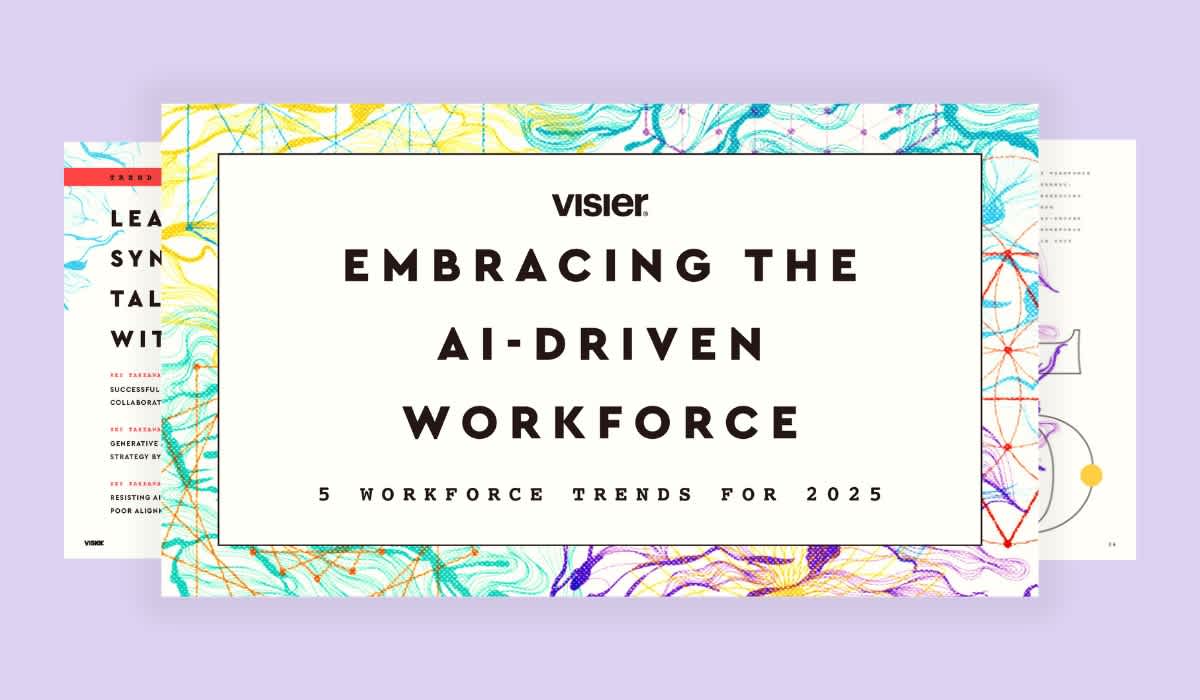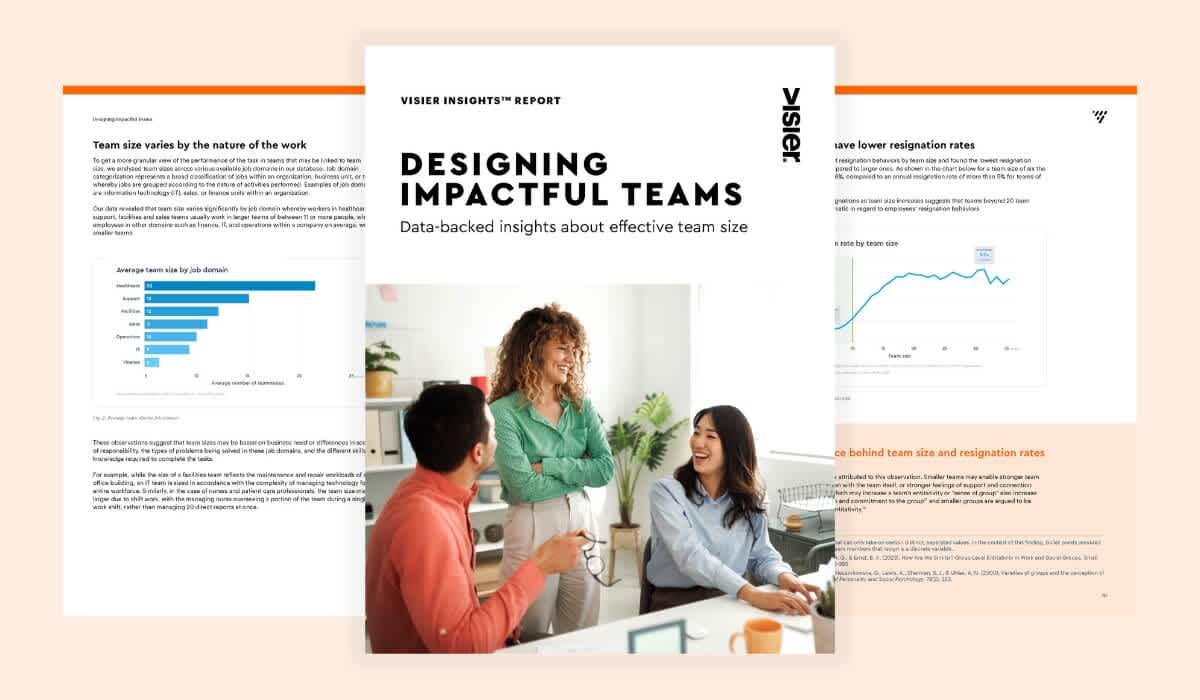Applying People Analytics To Organizational Design
People analytics is the key to uncovering correlations between team size and business outcomes—and taking swift data-driven actions. Find out more.

What does people analytics have to do with organizational design and business performance? It turns out—a lot. Organizational design is a process that shapes the way an organization is structured and run. It’s an important strategic driver for companies of all sizes because it aligns the business strategy with roles and responsibilities, ultimately impacting company culture, business performance, and productivity.
Organizational design determines how work is being done, by whom, how goals are achieved, and how problems are solved. It also determines and clarifies reporting relationships, authority, and accountability for results.
A well-organized company structure is essential for aligning with strategic objectives, enhancing employee understanding of their roles, and streamlining their contributions towards business goals. This alignment is crucial for improving operational efficiency and achieving clear communication pathways. It cultivates a stronger sense of community and accountability, which significantly reduces turnover rates.
Spans and layers make hidden structures visible
People analytics enable business leaders and HR leaders to gain clarity about the formal structure of their organization. For example, the manager ratio metric, which tells us the "percentage of managers," is used to determine the number of layers in an organization.
If a company’s employees consist of 25% managers the manager ratio is 1:4, meaning there is one manager for every four employees. According to Visier Benchmarks, the manager ratio metric varies widely between industries and job domains and informs business executives about the constellation of managers and individual contributors.
Organizational design aligns the company structure with its mission. If you have a well-defined structure, tasks can be divided and delegated appropriately and it minimizes duplications and inefficiencies.
Applying people analytics to the area of organizational design related to managers’ span of control, or the size of the team they lead, is equally important to the business, especially as it relates to manager effectiveness. Managerial span of control refers to the number of direct reports, including contingent workers, an individual manager has. It’s very informative when determining the effectiveness of managers and outcomes about the number of employees they are managing.

Team size and productivity: A major use case for people analytics
New Visier research about team size found that smaller teams—specifically those with six to 10 members—tend to harbor more high performers and have lower resignation rates. This is relevant from a talent retention perspective, but also to understand which business units are more or less affected by varying managerial spans of controls.

This chart shows the annual resignation rate by team size.
At Partners Group, we noticed that smaller teams are more likely to be successful in scenarios with direct client contact where high expectations for performance and stakeholder management are set.
Equally, having to manage fewer employees at once with a smaller span of control also supports learning in an apprenticeship model like ours, where close supervision from experienced mentors in the firm is required for the training and development of new hires.
At Partners, embracing a dynamic design approach has allowed us to respond more effectively to new opportunities and drive sustainable growth.
Business transformation requires a proactive span of control analysis
In an environment that continuously experiences rapid changes, understanding our organizational structure is critical for our ability to restructure fast, if necessary. The integration of analytics into organizational strategy allows for real-time adjustments to team structures based on emerging data, thereby enhancing flexibility and responsiveness to market changes.
At any time, we want to be able to review the correlations between team size and business outcomes and change things around as needed. A strong people analytics setup is the only way to achieve this. With Visier, we can quickly compare team size with team productivity, for example, to make informed decisions about organizational design and team structure.

With Visier, we can easily understand the relationship between team size and productivity.
People analytics enable leaders to make informed decisions at Partners Group, allowing for rapid adaptation of team structures in response to market changes to maintain a competitive edge. We use such insights by adapting teams swiftly to market changes using data-driven insights, resulting in a competitive edge and high performance.



